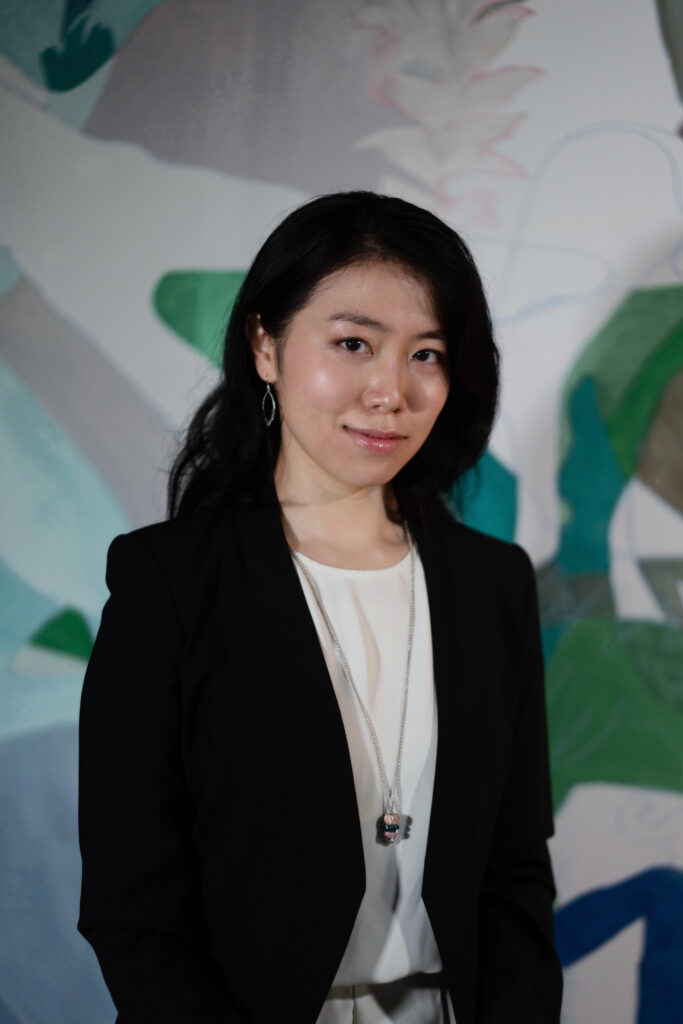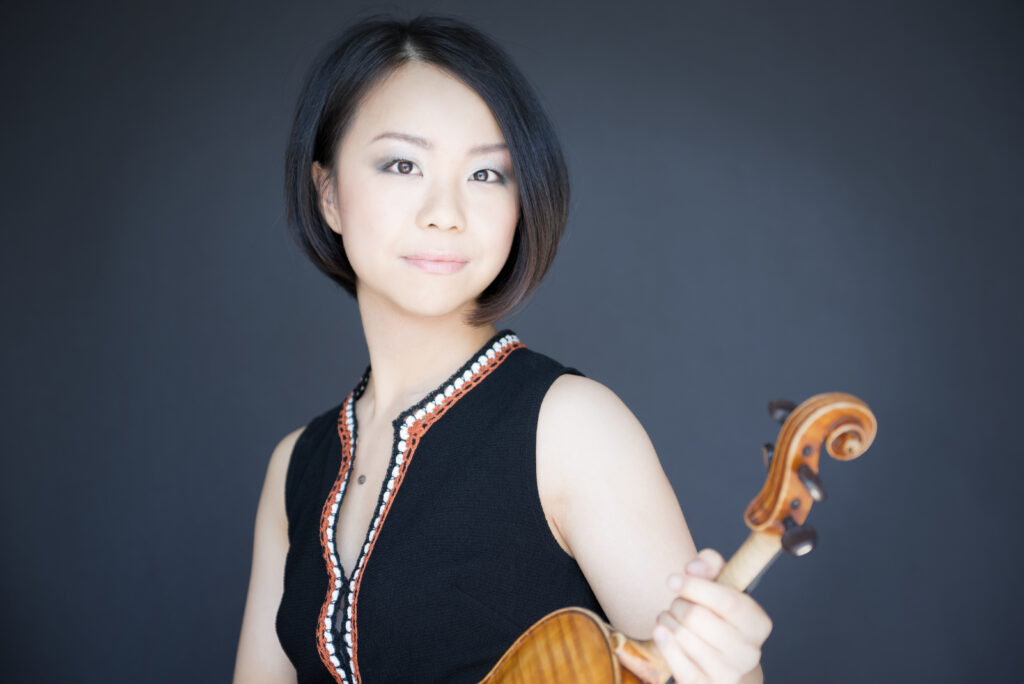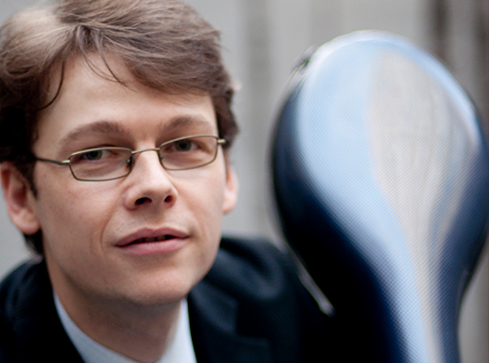by Kevin T. McEneaney
Achille-Claude Debussy (1862-1918) and the Basque Frenchman Maurice Ravel (1875-1937) were great life-long competitors who respected each other, yet Debussy died younger from cancer, having composed only three of his planned six sonatas. Any concert that puts their work side-by-side remains of great interest: both composers were to compete against each other with fracturing Classical cyclic motifs in different ways. This program was titled Dedication: Music of Debussy and Ravel.
Debussy’s Sonata for Cello and Piano (1915), a more Classical piece than we might expect, was written in two or three weeks in July. Debussy was in great stomach pain; the opening is laden with resigned melancholy, yet the composition is marvelously cool, dense, and compact, running for only twelve minutes. The work exhibits mellow poignancy, especially in the fragile cello line played by Mihai Marica; while the cello leads there are two excited interruption-dialogues by the piano, which Sophia Zhou played with ardent intensity.

Debussy’s Sonata for Violin and Piano (1917) runs for nearly thirteen minutes. The Sonata exhibits a pensive, probing exploration of the halts, turns, and solutions of the artistic process which Mari Lee on violin emphasized with dramatic modulation. The work tests cyclic form against spontaneous fluidity: traditional Continental Classicism elides into a melding with Arabic melody, which Debussy first heard as a college student one summer at a bullfight during his singular brief trip to Spain. (Later Debussy heard Indonesian gamelan music during the 1889 international Expos in Paris and incorporated that musical tradition into his music.)
In the second movement Intermezzo the piano serves to anchor the quest of the violin with an ethereal Rameau-like lightness at the hands of Sophie Zhou, as well as inspire Lee’s violin’s quest to meld Continental and Arabic influences with a meditative and peaceful, quiet resolution—a successful reminder of how cross-cultural respect and the creation of mutual “dialogue” can be an innovative and restorative boon to culture.

The delightfully languid last movement offers confirmation that such projects in the artistic sphere can be—difficult as they are—a resounding success. The ardent and exciting third-part Finale in this sensitive rendition by Mari Lee and pianist Sophia Zhou who blended in seamless unison delivered a breathtaking exclamation mark!
Ravel’s much longer and more significant masterpiece Sonata for Violin and Cello (1920-22), sometimes called the Duo, addresses the subject of repetition as source of inspiration or claustrophobic closure. The cyclic themes of the Finale provide ambiguity rather than resolution: do cyclic themes of the past contending with the present resolve anything? Does not past and present tend to offer re-iterative loops that produce impasse? Is the past not continually alive in the present, and is the present dead when lost to the past? At the climax Mari Lee was fiercely eloquent in the dramatic repetitive loop. The final ambiguous coda leaves no resolution—it only raises questions.
Ravel made the following annotation: “Renunciation of harmonic charm; reaction more and more marked in the direction of the melody.” The violin line more often looks back to recall older traditional lyricism, while the cello appears more rooted in the future as it recalls the past with tragic grief.
Music critic Denis Herlin said that the feat of creating such sound in this piece “makes you forget the very existence of the two instruments.” Yet what is most remarkable here is the achieved blend of Lee and Marica who had at times the difficult task of having to stroke and pluck nearly simultaneously! Where performances differ is in their emphasis on lyricism or dissonance and this performance excelled in achieving a successful aesthetic balance.

This work raises troubling questions on how we cope with the past. Before the invention of counterpoint, Western music was afflicted by the Celtic modality of eternal return, a sensibility that musical motifs were an immortal Platonic form possessed by civilization which the Renaissance displaced with more linear development. To the Romantic sensibility, counterpoint was merely another controlling mechanism for the stability of status quo recurrence.
What was important to Romantic composers were emotions: societal, nature, nationalism, family, friendships, psychology, and personal experience. Late Romanticism in France and elsewhere, under the banner of exploratory impressionism, sought new techniques and textures, especially employing cyclic themes as related to memory where repetition arrives with an element of surprise related to recollection, as in the more sentimental, personal work of Smetna, Brahms, or Dvoráčk.
Debussy’s example of conflict between Classical form and fluidity inflected Janáček’s only sonata, Sonata for Violin and Piano (1917-1921), a Modernistic example of using meditative Debussy-like color alongside abrupt, challenging, and even explosive, eloquent dissonance. Ultimately, Debussy was summing up his more international aesthetic approach rooted in lyricism, while Ravel was laying down the foundations of subtle dissonance as a new aesthetic relevant to the troubles of the next century.
While Ravel inherited traditional Pyrrhonist skepticism and created dazzling puzzles with it, Debussy worked in the sly optimism of Blaise Pascal and Rousseau.
The success of the adroit acoustics at Stissing Center was made possible by the recording talent of Ryan McCullough under the accomplished video direction by J. Henry Fair.
This perceptive programming under the Artistic Direction of Sophia Zhou promises to put forth many more marvels.
If you missed this exciting broadcast, you may hear the complete recorded concert here.